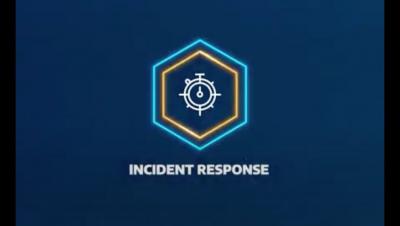Effective Cloud Incident Response: Fundamentals and Key Considerations
Human error behind misconfigurations, a host of insecure remote access issues, exposed business credentials with reused passwords and unpatched vulnerabilities have all contributed to a significant increase in cloud security incidents. Many organizations don’t foresee the challenges of what it will take to protect their data and operations after a move to the cloud.









